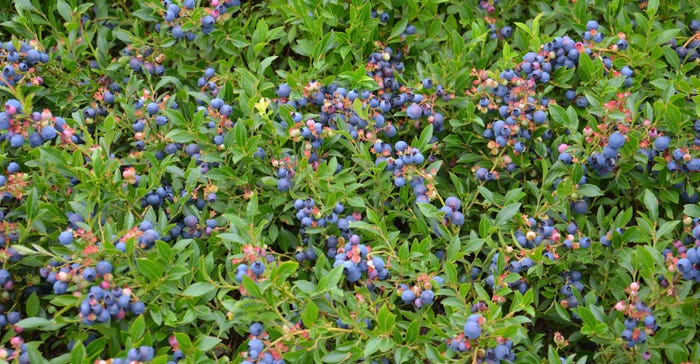
Come along and relive a trip through New England to Maine. My wife, Carla, and I accompanied the Franklin FFA wildlife team on this adventure this summer to compete in a national wildlife competition.
It was my first trip though upper New England, and the first time for both of us in Maine.
If you haven’t traveled the area yourself, it’s different from Indiana. You won’t find corn in Maine — at least not where we were, and not without looking very hard. Here are seven things from the excursion that you won’t find in Indiana:
1. Low-bush blueberries. Our team members complained about how small the blueberries were in fruit salads and pies. But they were tasty. Then we found out why. They grow primarily low-bush blueberries, which only grow a few inches off the ground — not like the blueberry bushes in northern Indiana. Much of the production practices are similar, though. They like sandy ground and low pH soils.
2. A moose (even if it’s a statue). We were too far south to have good odds of seeing a moose. So we settled for a statue of one at a rest area off the interstate in Maine.
3. A beach full of granite rocks. Jasper Beach in eastern Maine is composed entirely of small, polished granite stones. Natives say a granite bluff off the coast has been battered for years by the ocean. It breaks off in small pieces, which are turned into rocks and polished by the tides, and then deposited on the beach.
4. Bear cubs. OK, they’re not real either, but natives say there are bears in Maine. There were statues of bear cubs at rest areas.
5. Conifer forests with no branches for the first 25 or more feet. These thick natural woods are located along the ocean. This stand consists of balsam firs and other conifers. Believe it or not, some of the trees in native stands, while only a foot or so in diameter, are estimated at 150 years old.
6. An osprey nest on a telephone pole. They still have telephone poles in Maine, and some of them have large osprey nests perched atop them. The nests are typically made of twigs.
7. A lobster trap complete with hog ring fasteners. You read right. Lobster traps used by modern lobstermen are made of metal. But many have an escape hatch held shut by hog rings. The theory is that if a trap gets lost with lobsters in it, eventually, in six months or so, the hog rings will rust out, and the door will open, allowing the lobsters to escape and return to the sea. And that’s no fish tale!
Check out the slideshow for pictures.
About the Author(s)
You May Also Like




